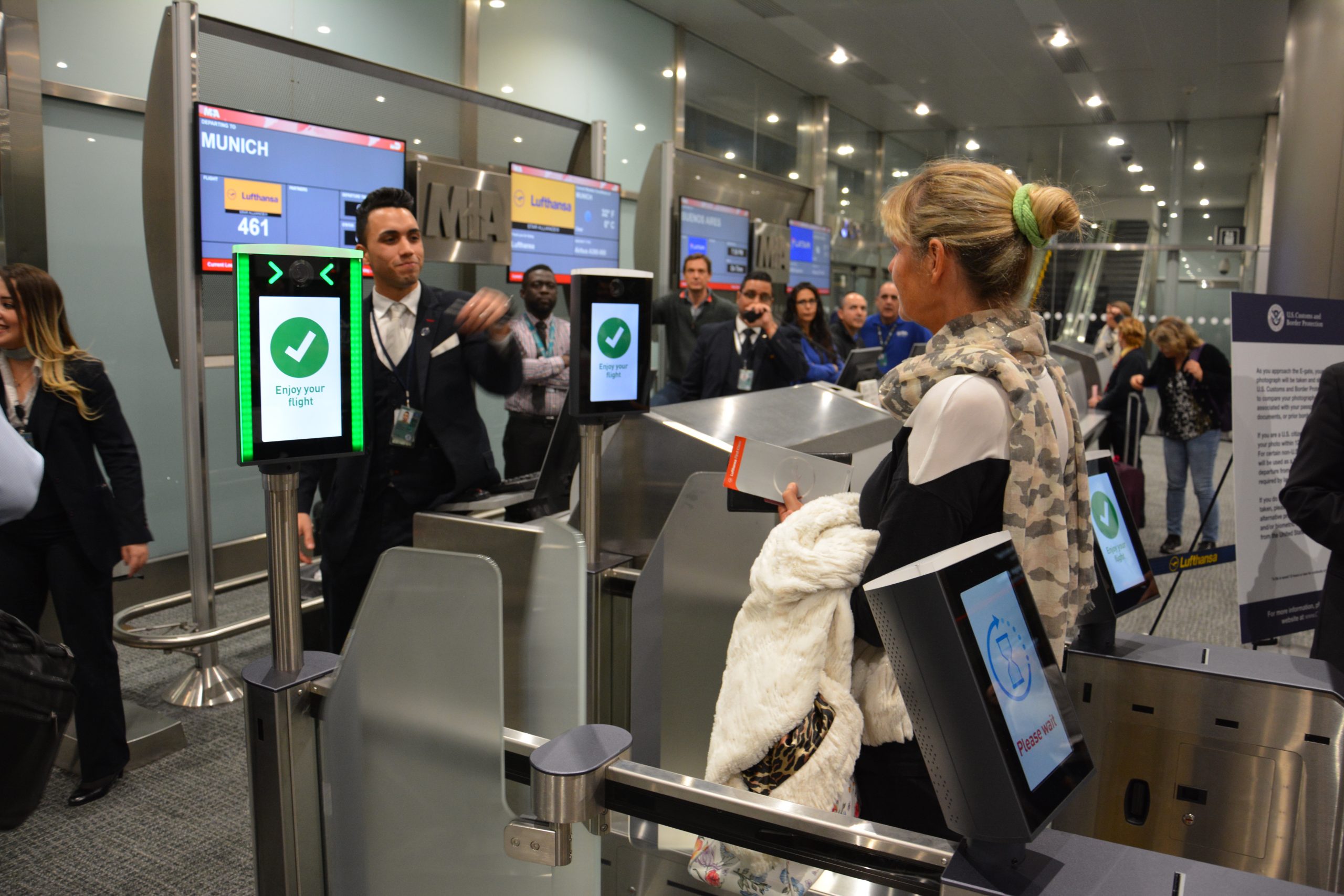A seamless experience for all travellers at MIA
18 July 2022
Shares
In this two-part series, Maurice Jenkins, Head of Digital Strategy and Chief Innovation Officer at Miami International Airport talks to International Airport Review about how the airport is working to provide a seamless travel journey to all their passengers through touchless and contactless technology.
Creating the ‘seamless travel experience’ has been a topic of our industry at least since 2017 (if not before). The emphasis on reducing passenger anxiety and increasing customer satisfaction is coupled with a push for self-service technologies and the expectation of collaboration across stakeholders – regulators, airlines, and airports working cohesively to create a new approach to the customer experience. The holy grail is the promise that happy and contented travellers increase their level of spend if the experience is ‘right’. But how do we achieve that? Calculating ROI can be difficult as there are multitudes of variables to draw against. We therefore end up only telling one side of the story. The continued drive toward digitisation and digital transformation is key.
The shift towards digital
The rising population of digital engagers will expect the industry to do more to empower travel using self-service and mobile technologies than ever before. They have low tolerance for the current reliance on paper-laden, manual processes which impact operational performance, leading to inefficiencies and human error, and resulting in longer wait times that increase customer anxiety. Passengers quickly take to social media to share their stories when there’s an industry mis-step – the reputational risk can be high and passive acceptance can’t be tolerated; we must be agile and work diligently to stay ahead of their expectations.
Digitisation and the push for progress continues to accelerate. The air transportation industry has made great progress in digitising vital processes, such as obtaining a visa, booking travel and accommodation, as well as securing access to flight status information. It will soon be the case – throughout all 27 member states of the EU – that the process of verifying a passenger’s identity and ‘stamping’ their passport will become fully digitised and automated.


Credit: Biometric boarding at Miami International Airport (MIA)
Passengers quickly take to social media to share their stories when there’s an industry mis‑step – the reputational risk can be high and passive acceptance can’t be tolerated”
Passports themselves may soon also be digitally issued and securely stored in the holder’s device wallet, thanks to International Civil Aviation Organization (ICAO) and its Digital Travel Credential (DTC) initiative. The DTC will enable the industry to have far greater trust in the digital data they receive from travellers as it will immediately establish that the data is genuine, isn’t forged; nor has it been tampered with in any way. Using a wallet to identify a document (whether a DTC or other available methods) is a positive step forward in giving the traveller control over the use and sharing of that data.
Apple also recently announced they are moving forward with support of a digital ID and mobile driving licenses, which will be stored in the Apple Wallet. This news comes as a dynamic step forward in the maturity of digital identity in the air transportation industry. This initiative empowers the travelling public to use their mobile device as their sole requirement for verifying ID at Transportation Security Administration (TSA) checkpoints – a quick tap of the phone allows the TSA officer to confirm the flight information and verify ID without needing to handover the boarding pass or ID for inspection. Giving passengers full control of their identity and digitising the passenger experience helps simplify the travel journey, boost confidence in travel, and reduce physical touchpoints.
A world-class passenger experience at MIA
Miami International Airport (MIA) is the gateway to the world, serving more than 100 airlines and offering more flights to the Caribbean and Latin America than any other airport in the U.S. Our goal in creating the seamless travel journey is to make Miami the global airport of choice by offering a world-class experience.
In 2020, we focused on exploring technologies that support our vision and growth objectives. Obviously COVID-19 had a dramatic influence on how we prioritised new innovations, which included a greater focus on biometrics and the ability to offer not only the seamless travel journey, but also to embrace touchless and contactless solutions for safe travel.
In May 2022, the Miami-Dade County Board of Commissioners approved an agreement that will implement biometric boarding at all of MIA’s 130+ gates, with over 240 SITA Smart Path devices throughout the airport. In our previous trials and evaluation, we quickly saw a significant reduction in boarding times, increased traveller satisfaction, and tremendously positive feedback from our airline partners. The business justification was easy, and the implementation is just the start of creating Miami’s vision for the seamless, touchless passenger journey. The investment lays the foundation to support not only U.S. Customs & Border Protection’s U.S. Biometric Exit initiative, but also enables future expansion to include all aspects of the traveller journey from check-in to bag-drop, to security and boarding, as well as the support of multiple forms of digital identity for domestic, as well as international travel.
Promoting a seamless passenger journey for all
The holy grail is the promise that happy and contented travellers increase their level of spend if the experience is ‘right’”
Our vision focuses on making the seamless travel experience available to all travellers through Miami. We support a vision that offers universal, equitable solutions for the entire ecosystem, not just a sub-set. Extending beyond boarding and U.S. exit and bringing the touchless, contactless experience to domestic travel is one of those aspects that is important to our strategy. We continue our collaboration with TSA, CBP, elected officials, our airline partners, and our industry organisations to drive the change that will enable biometric‑enabled, touchless self-service solutions to be made available to all travellers, across all touchpoints. This level of engagement will afford us the ability to protect all touch points in the travel journey from having to physically share, touch, and review travel documents. We recognise that safety and security will always remain at the forefront of how we continually re-invent the passenger experience.
Certainly, the strides being made in advancing digital identity initiatives in the air transport industry is important to bridging the gap and we have always believed strongly in the value of mobile solutions in creating strong value propositions. We maintain a strong focus on our MIA mobile app and continue to seek ways to offer enhanced value opportunities. Digital travel must prove to make the travel experience easier in every capacity and mobile is a key driver in making that possible.
Creating the seamless travel experience remains a journey of transformation for the industry. Regulatory hurdles, legacy policies and practices, evolving traveller needs and expectations, and close stakeholder collaboration requires us to constantly innovate and think about what’s next. We take that responsibility seriously and look forward to the journey.
Biography















